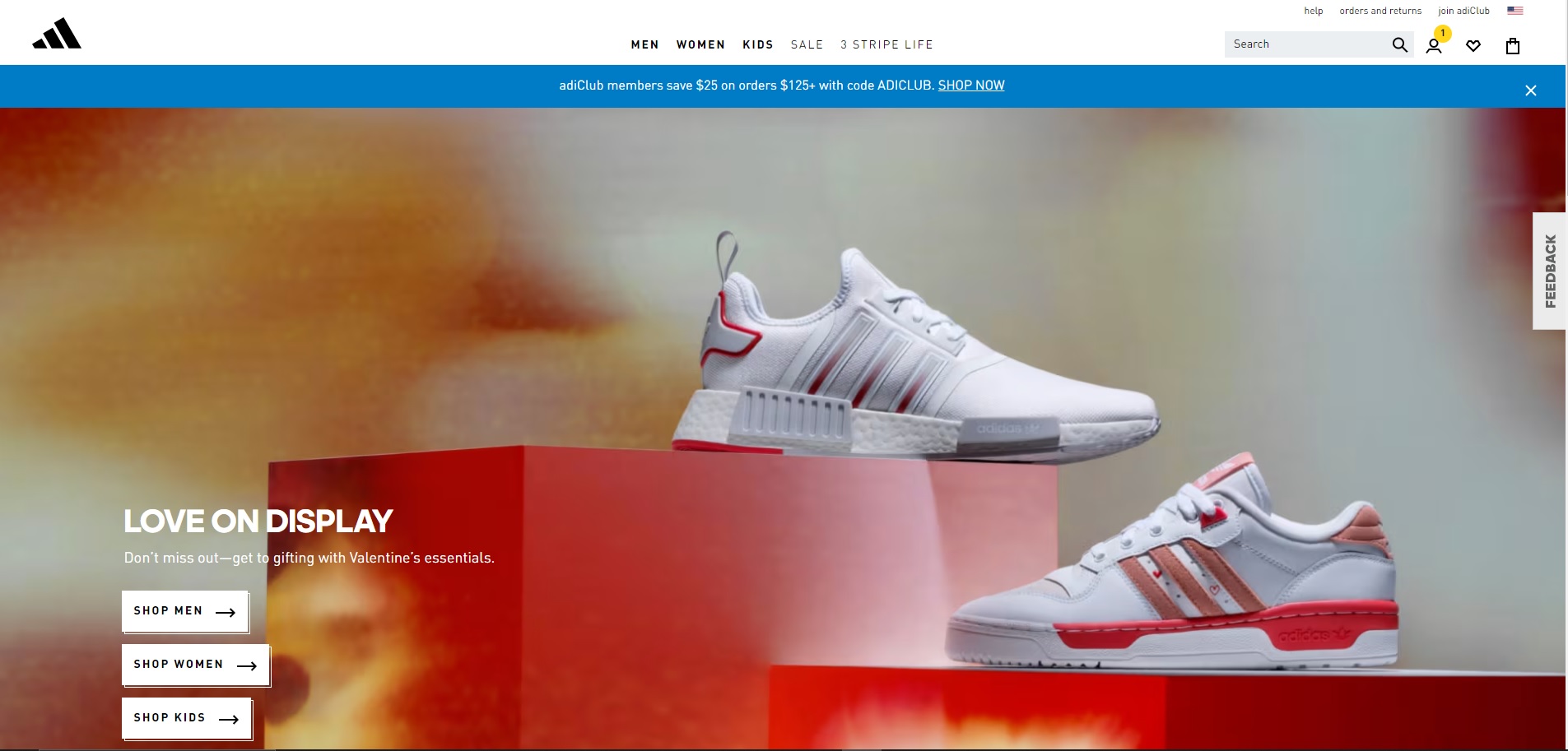What Are Examples of Joint Ventures?
Joint ventures are when two or more companies work together on a specific project or business activity. They can take many forms in various industries, such as technology, healthcare, entertainment, and automotive.
These partnerships help companies pool resources, share expertise, and reach new markets. Let’s look at some examples of joint ventures and how they’ve helped companies achieve their goals.
Understanding Joint Ventures: A Brief Overview
A joint venture is when two or more companies partner to work on a specific project or business activity.
This partnership allows companies to combine their strengths, expertise, and assets to perform better and gain an advantage.
Key features of a joint venture include sharing risks and rewards, setting specific goals, creating a separate entity or partnership agreement, and having a limited duration for the collaboration.
Businesses benefit from joint ventures by using each partner’s complementary skills and resources, expanding into new markets, sharing technical expertise, lowering costs, achieving economies of scale, and ultimately gaining a bigger market share and competitive edge.
These factors help joint ventures succeed and lead to mutual strategic growth.
The Strategic Benefits of Joint Ventures
Joint ventures in the automotive industry have strategic benefits. For example, BMW and Brilliance Auto Group, Polaris and Zero Motorcycles, and Geely and Volvo pool resources, share risks, and transfer knowledge in technological advancements. Their combined innovation and market access efforts help mitigate individual weaknesses and navigate consumer demands.
Sustainability goals and technological aptitude have also driven the accomplishments of joint ventures like Adidas and Allbirds, Sony and Honda, and Honda and LG Energy Solution. These ventures focus on efficient operations and environmentally friendly products, infusing expertise and technology platforms for sustainable solutions.
The successful collaborations between Spotify, Hulu, SABMiller, and Molson Coors Brewing Company stem from mutual leadership and complementary expertise. These joint ventures provide opportunities for enhanced brand strength, access to wider customer bases, and the sharing of knowledge and resources on a global scale.
BMW and Brilliance Auto Group: Automotive Alliance


BMW and Brilliance Auto Group partnered to expand their market reach and benefit from each other’s strengths. They aimed to combine their engineering, design, and manufacturing expertise. By creating a joint venture, they sought to reduce production costs and access China’s growing automotive market. This collaboration allowed BMW to establish a strong presence in China and gave Brilliance access to advanced automotive technologies.
The successful partnership was achieved through innovation, understanding market needs, and leveraging expertise. It facilitated knowledge exchange, drove product development, and propelled both companies to global success in the auto industry.
The Synergy Between Polaris and Zero Motorcycles
![]()
![]()
Polaris and Zero Motorcycles announced a 10-year exclusive partnership on September 29, 2020, to establish a new company. The partnership aims to deliver category-defining electric powertrains to powersports through their joint venture in off-road vehicles and snowmobiles². The first vehicle born out of the partnership, the all-electric RANGER XP Kinetic, was launched in December 2021 and sold out in hours.
This partnership leverages Polaris’ Powersports leadership and scale and Zero Motorcycles’ proven expertise in electric motorcycle powertrains and technologies to produce transformative electric off-road and snow vehicles². The partnership was recognized as one of the most innovative joint ventures in Fast Company’s Annual List of the World’s 50 Most Innovative Companies for 2022. The partnership aims to offer category-defining electric vehicles in off-road vehicles and snowmobiles.
Spotify and Hulu: Streaming Innovation Partnership


Spotify and Hulu collaborated to improve the user experience and offer more entertainment options. This joint venture allowed them to expand their customer base and strengthen their market position by combining their expertise and resources. Both companies aimed to provide a comprehensive and integrated entertainment platform, benefiting both parties and meeting consumer demand for diverse, high-quality content.
Adidas and Allbirds: Uniting for Sustainability
How Sustainability Goals Fueled the Joint Venture
![]()

Adidas and Allbirds succeeded in their joint venture due to their shared sustainability goals. They developed high-quality products aligned with sustainable fashion demands by focusing on reducing carbon footprint and using eco-friendly materials. Both companies’ innovative capabilities and branding strengths contributed to the joint venture’s success.
Sustainability goals have led to joint ventures like Adidas and Allbirds teaming up to reduce the fashion industry’s environmental impact. These partnerships show how companies are motivated by a commitment to environmental responsibility and innovation.
Honda and LG Energy Solution: Powering the Future
Collaborative Success in Battery Technology
![]()
![]()
Honda and LG Energy Solution also collaborated to develop eco-friendly energy solutions.
Joint ventures in battery technology rely on strategic alignment, shared goals, and leveraging expertise to drive innovation and competitive advantage. By uniting resources and know-how, companies can accelerate the research, development, and commercialization of advanced battery technologies. This fosters breakthroughs that benefit both companies and the broader industry.
Sustainability goals also drive successful joint ventures in battery technology as partners seek to address environmental concerns, achieve economies of scale, and meet evolving consumer demands for cleaner energy solutions. These joint ventures enable the cross-pollination of diverse ideas and industry best practices, ultimately delivering cutting-edge battery technologies that promise to revolutionize the energy sector.
Geely and Volvo: Revamping the Auto Industry


The Geely-Volvo global growth story is an excellent example of partnership success in the automobile industry.
Geely and Volvo collaborated to combine expertise, increase manufacturing capabilities, and expand market reach. This collaboration revamps the auto industry by creating vehicles with advanced technologies and a strong focus on sustainability.
The benefits of this partnership include shared technology platforms for electric and autonomous vehicles, efficient production processes, and leveraging strengths to meet market demands.
The Geely-Volvo partnership has achieved global growth and transformed the automotive sector.
Sony and Honda: Electrifying Automotive Innovation
![]()

Sony and Honda announced a joint venture in June 2022 to establish “Sony Honda Mobility Inc.”. The new company aims to sell high-value-added electric vehicles (EVs) and provide mobility services. It plans to leverage Honda’s environmental and safety technologies, mobility development capabilities, vehicle body manufacturing technology, and Sony’s expertise in imaging, sensing, telecommunication, network, and entertainment technologies.
The goal is to create a new generation of mobility and services closely aligned with users and the environment. The plan is to establish the new company within 2022 and to begin the sale of EVs and the provision of services for mobility in 2025. The new company will be located in Tokyo, Japan, with a capital of 10 billion yen. The investment ratio will be 50% from Sony Group Corporation and 50% from Honda Motor Co., Ltd.
The board members of the new company will include members from Honda and Sony. This joint venture comes when automobiles are increasingly becoming computers on wheels. Sony’s extensive experience with sensors, computer chips, and digital displays positions it well to offer advanced safety technology and the latest onboard infotainment systems. Honda’s long experience in mobility development and vehicle body manufacturing technologies complements Sony’s technological expertise.
SABMiller and Molson Coors Brewing Company: Crafting a Brewing Giant
![]()
SABMiller and Molson Coors announced a joint venture on October 9, 2007, to establish a new company named “MillerCoors”¹. We antitrust regulators approved the joint venture on June 5, 2008, and MillerCoors began operation as a combined entity on July 1, 2008.
The joint venture combined their brewing, marketing, and sales operations in the United States. However, on October 12, 2016, Molson Coors announced the successful completion of its acquisition of SABMiller’s 58% stake in MillerCoors. This acquisition made Molson Coors the sole owner of MillerCoors.
As part of the transaction, Molson Coors also gained full ownership of the Miller brand portfolio outside of the U.S. and Puerto Rico and retained the rights to all the brands currently in the MillerCoors portfolio for the U.S. and Puerto Rico. This includes Redd’s and import brands such as Peroni, Grolsch, and Pilsner Urquell.
Following the acquisition, MillerCoors continued to operate as a separate business unit of Molson Coors and retained its name and headquarters in Chicago. The acquisition positioned Molson Coors as the world’s third-largest brewer by enterprise value.
The successful brewing joint venture depends on the following:
- Strategic Partnership
- Shared business objectives
- Leveraging each partner’s expertise
Collaboration and partnership are crucial. They foster supportive and mutually beneficial relationships. Innovation and strategic alignment also play a pivotal role. They drive product development, enhance market competitiveness, and create unique value propositions.
An exemplary joint venture in the brewing industry is MillerCoors. Molson Coors and SABMiller formed it to distribute their beer brands in the United States and Puerto Rico. This showcases a successful collaborative effort for market expansion and consumer reach.

Vizologi is a revolutionary AI-generated business strategy tool that offers its users access to advanced features to create and refine start-up ideas quickly.
It generates limitless business ideas, gains insights on markets and competitors, and automates business plan creation.


